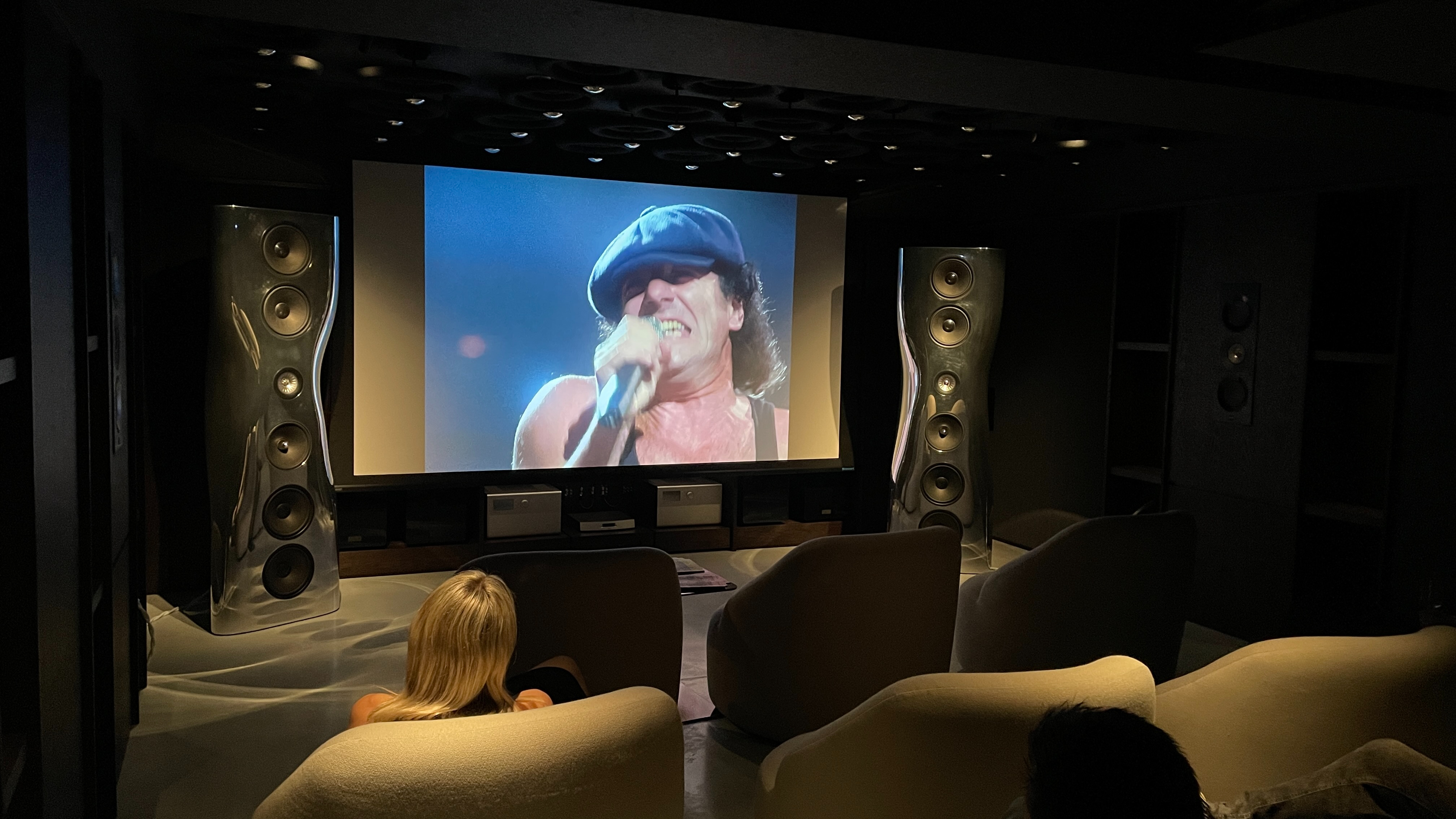
When I was a kid, I was lucky enough to have tech savvy parents that were into hi-fi and proper home cinema. Which is why, growing up, I had access to a pretty decent home cinema on which to watch Power Rangers and WWF (now WWE) on Sundays.
The big ticket items included a Sony Trinitron CRT TV, which was occasionally replaced with a now-vintage Epson projector on special occasions, and proper 5.1 speaker package – sadly, I can’t remember the specific models as I’m old and was seven at the time. But while these were undeniably awesome, there was another star of the show I have very fond memories of. Specifically, the media PC my dad and I built to run the show.
A media PC, often also referred to as a home theatre PC (HTPC) or media centre, may not sound cool, but I always loved it for a couple of reasons. First, because it was a project my dad and I did together and the process was similar to the special moments we had hi-fi shopping.
The only difference was that, rather than popping to our local hi-fi dealer and trying to match the latest separates my dad was trying to convince himself we “needed”, we’d pop to PC World or Maplin and look at soundcards, SSDs, cases and disc drives.
From there we’d spend an afternoon swapping out parts, or if the build was very old, starting from scratch – my dad always liked my help as my child-sized hands were “perfect for small ITX or micro ATX builds". Child labour laws were more lax back then…
Once it was plugged in, the unit was magical as not only could I play the awesome new laser discs and 100 per cent legal VCDs my mate from Hong Kong had brought back with him, I also had a fully working PC, where I could download (legally) whatever media I wanted and generally surf the internet.
The builds we made were also just about good enough for lightweight gaming. It may not look great now, but Doom and Quake on a projector looked photorealistic to my younger self.
Which is why, earlier this month when rumblings of a new Mac Mini – a prebuilt, compact unit many people used as a media PC back in the day – emerged, I felt an inexplicable pang to revisit my youth and build a new media PC. At the start I was super excited as the world of PC building has come a long way.
These days most motherboards have all the connectivity you need and CPUs’ in-built graphics are robust enough to do the heavy lifting. SSDs also have much higher capacities than the hard discs my dad and I used in the early days, so you don’t need loads of them to store your media.
M.2 SSD form factors are also a godsend for ITX and micro ATX (small) builds. Driver support is pretty solid, and you don’t run into the weird compatibility issues between components that you used to. So, all-in-all it’s never been easier to build a good media PC.
As luck would have it I was also upgrading my home office / gaming rig at the same time, so I was already component shopping. I even had plans to potentially pick up a pair of bad-ass retro light guns and install some arcade classics on it down the line to truly satisfy my inner child – imagine how fun it would be playing Point Blank or Time Crisis 2 on a 100-inch projector screen!
But as I hovered over the checkout button on Overclockers, I had a revelation – I don’t have any use for a media PC anymore.
From a streaming perspective my LG C2 supports all the major apps. Outside of Netflix, the Xgimi Horizon Ultra in my bedroom does as well. And even without Netflix I have a Chromecast with Google TV, Amazon Fire Stick 4K and Nvidia Shield TV lying around that make it quick and easy to stream from my phone and add access.
For gaming, as a die-hard PC proponent, both units have GeForce Now and SteamLink app support, meaning I can play most of my games downstairs, despite my rig being in my upstairs study, via streaming.
As for my local files, which include some “classic” B-movies and smaller bands’ albums that you can’t get on Blu-ray, CD or streaming, I have a NAS full of them, which directly streams to my hi-fi or TV via wi-fi. The only danger there is it’s also got my blackmail material from university days so I try and keep that away from the lounge TV (I’m old enough that Facebook and social media weren’t really a thing, so all my photos remain blissfully offline, for the most part).
Even if you’re trying to make an old TV or projector without smart capabilities work, the aforementioned media sticks and streamers are a more elegant, cost effective solution that support 4K and most HDR standards these days.
Which is why, I can’t help but finally concede that the media PC, a wonderful DIY bit of home cinema hardware I have nothing but love for, is enjoying retirement on the same farm as Minidisc and Betamax.
MORE:
These are the best surround sound packages we've tested
We rate the best projectors for movies
Our picks of the best AVRs







